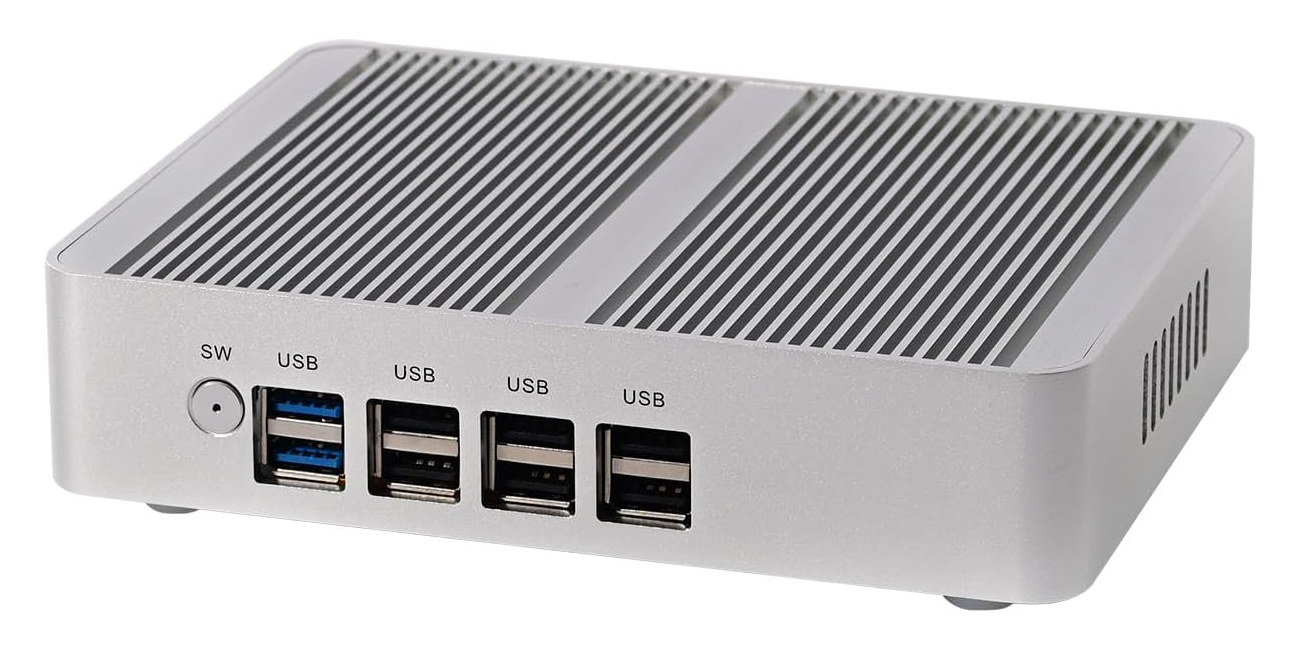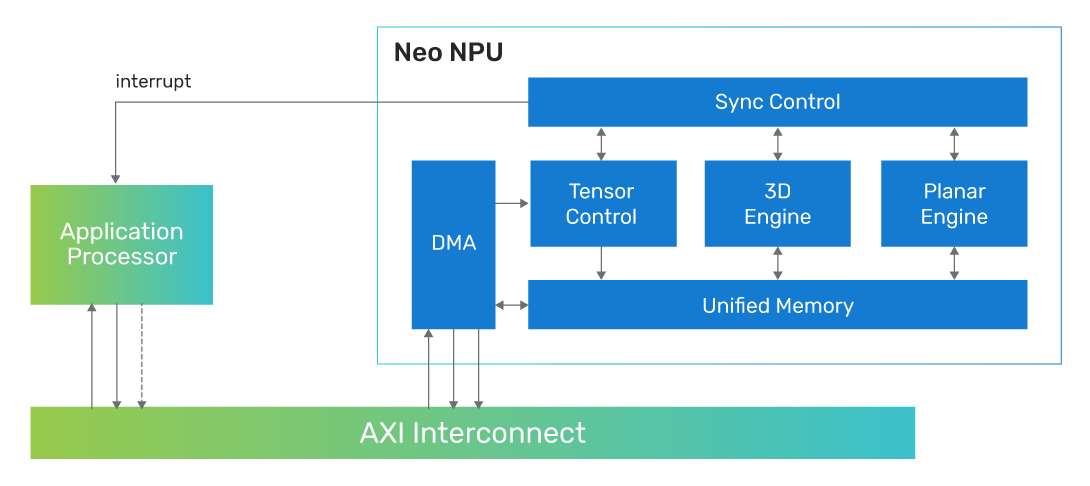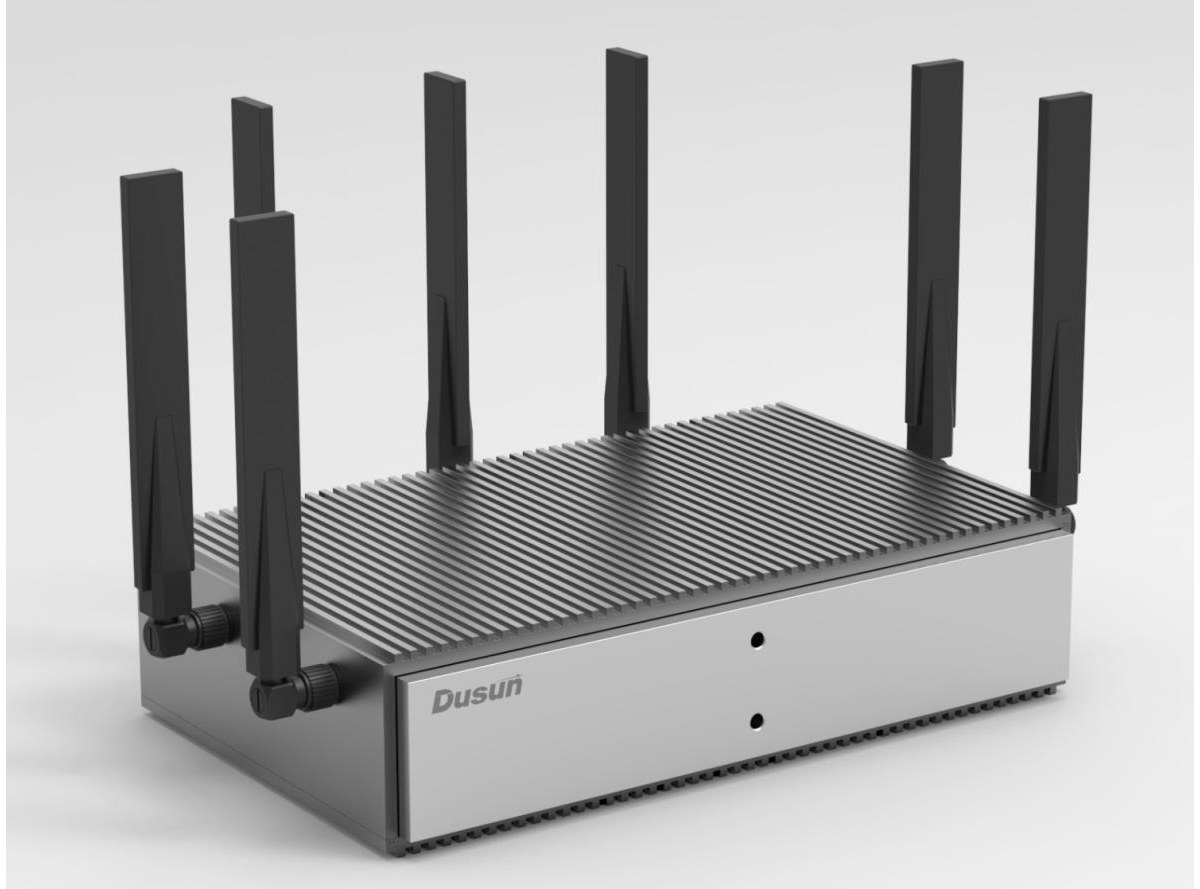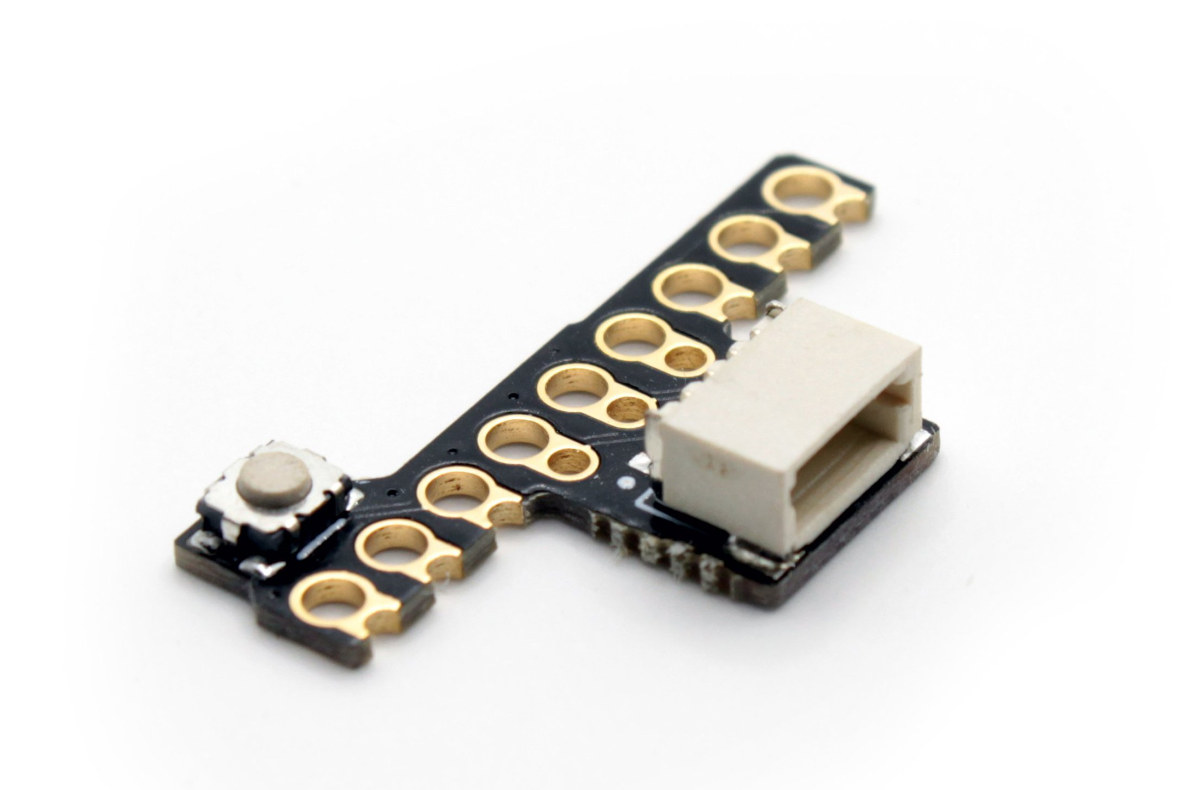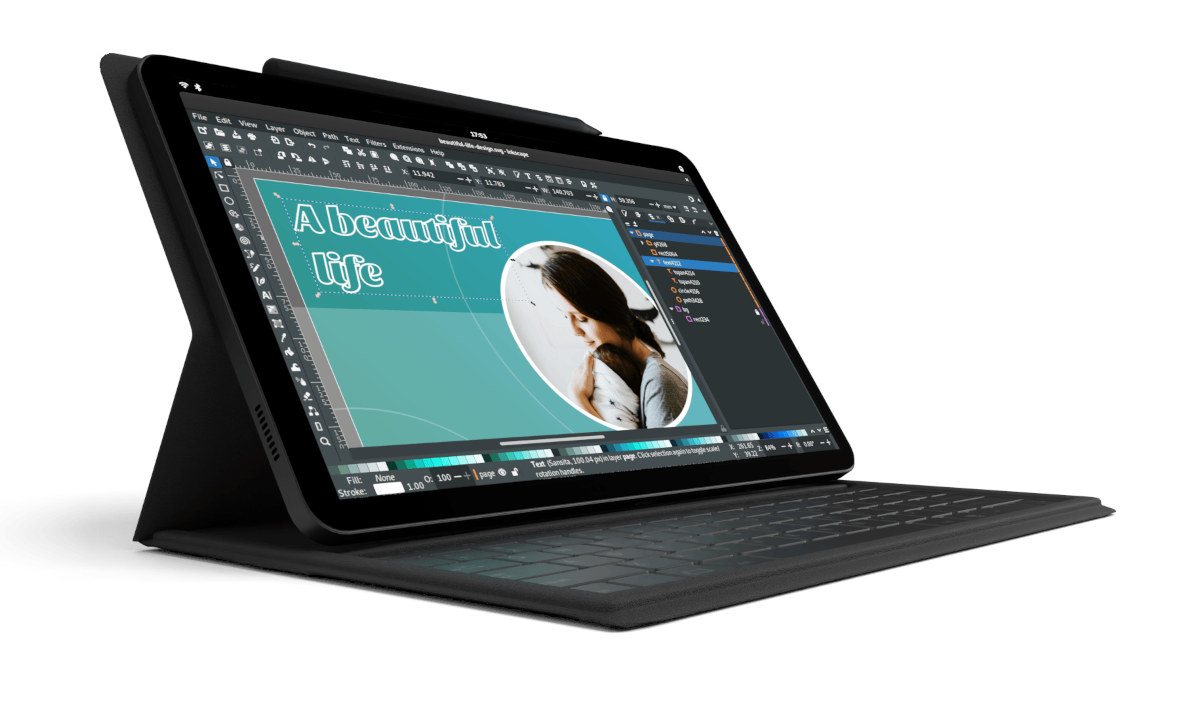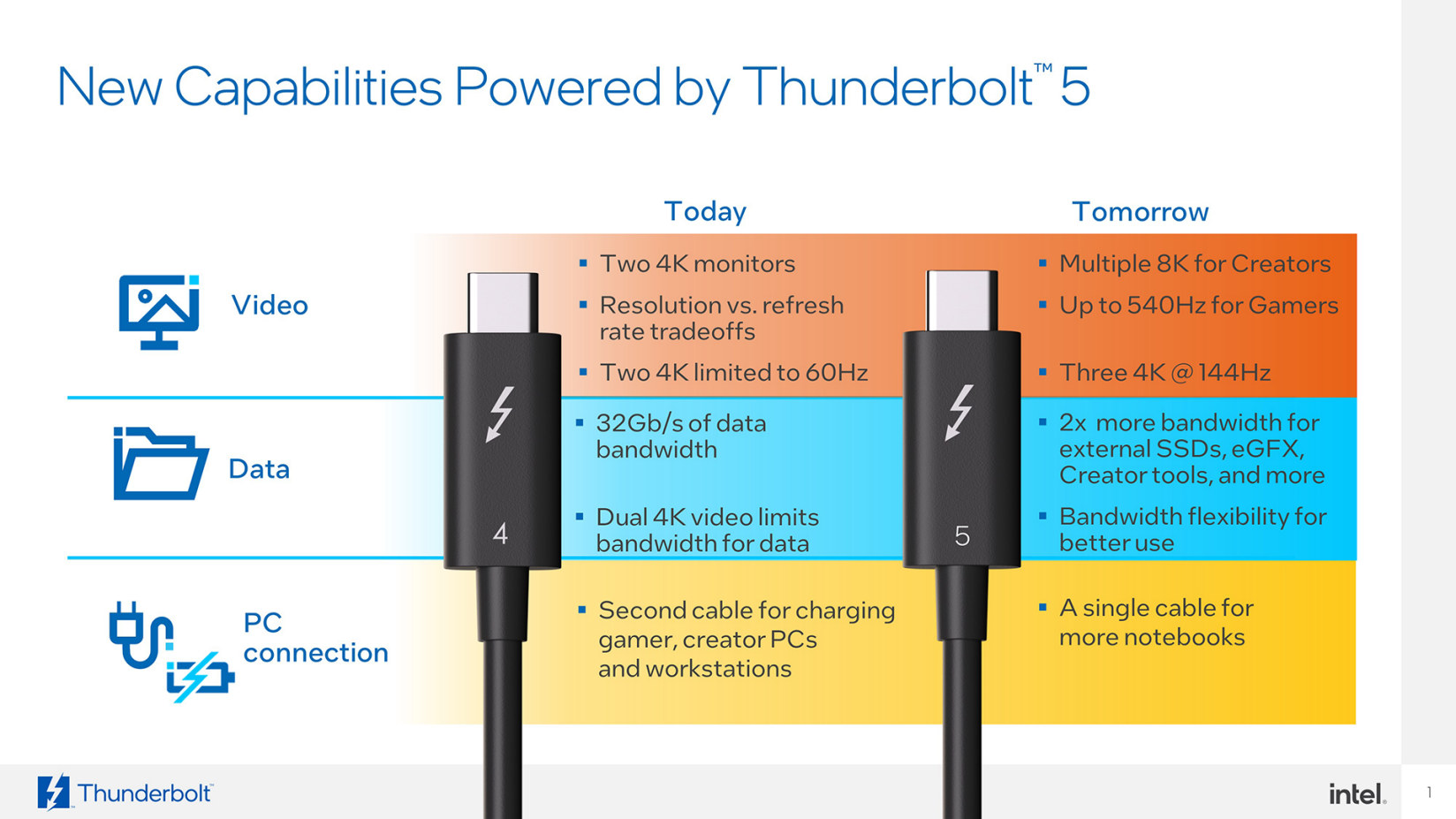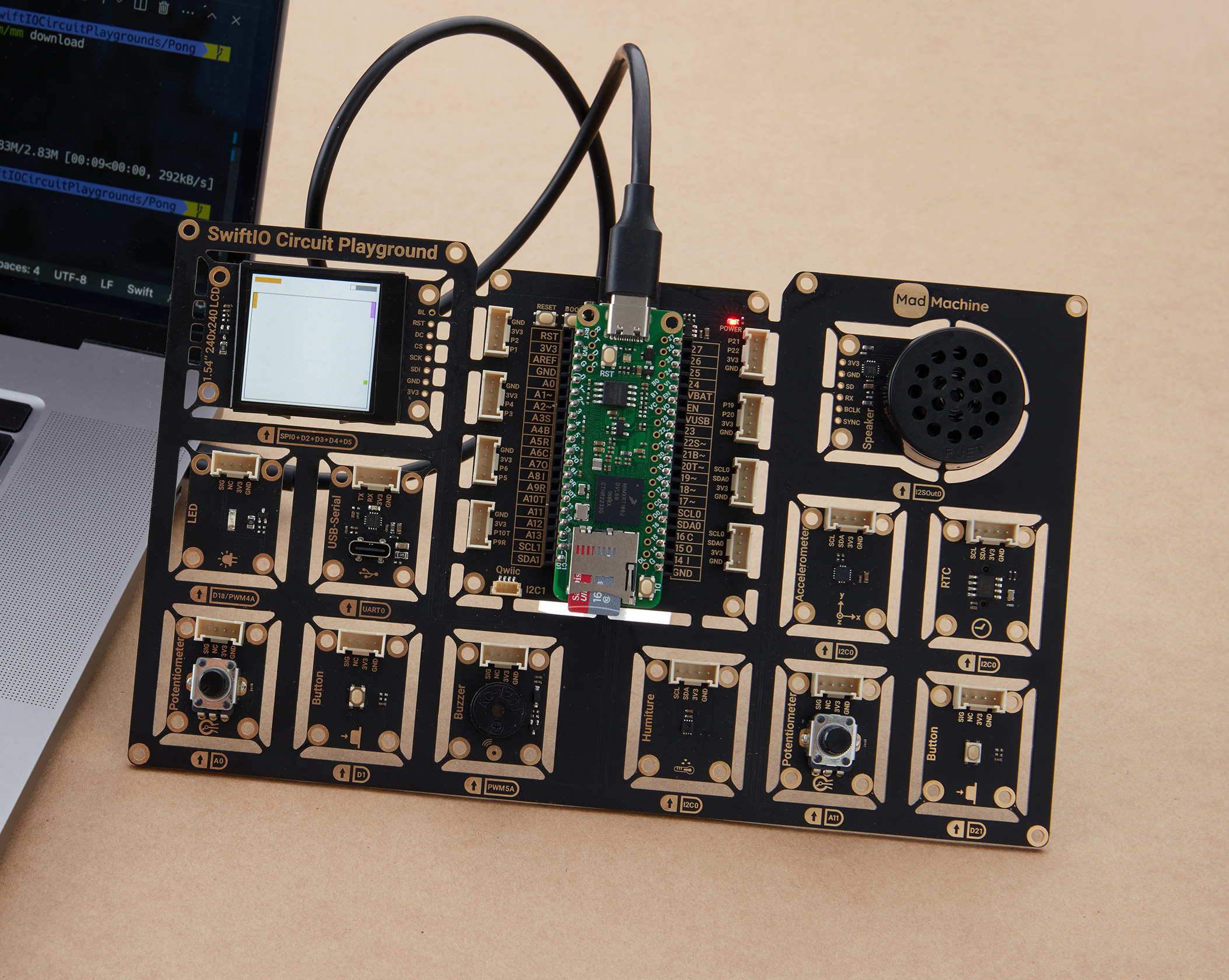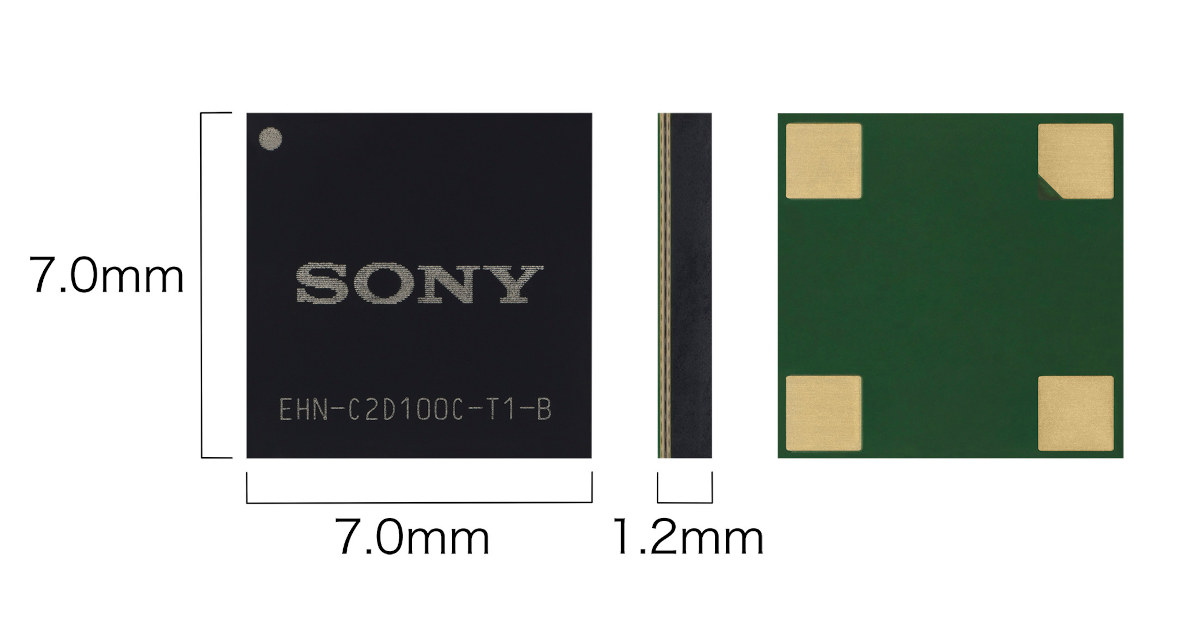We’ve already written about many mini PCs powered by the Intel Processor N100 SoC and other SKUs part of the Alder Lake N-series family, but the HUNSN BM34 is a bit different as it offers eight USB ports, with two USB 3.0 and six USB 2.0 ports that should remove the need for an external USB hub for most use cases. The fanless mini PC ships with up to 16GB DDR4 memory, supports one mSATA SSD, one NVMe SSD, and one 2.5-inch SATA drive, and offers two HDMI ports and DisplayPort video output, plus dual GbE, WiFi 5, and two audio jacks for speaker and microphone. HUNSN BM34 specifications: SoC – Intel Processor N100 quad-core Alder Lake-N processor @ up to 3.4 GHz (Turbo) with 6MB cache, 24EU Intel HD graphics @ 750 MHz; TDP: 6W System Memory – Up to 16GB DDR4 via SO-DIMM socket Storage 1x mSATA socket, […]
Cadence Neo NPU IP scales from 8 GOPS to 80 TOPS
Cadence Neo NPU (Neural Processing Unit) IP delivers 8 GOPS to 80 TOPS in single core configuration and can be scaled to multicore configuration for hundreds of TOPS. The company says the Neo NPUs deliver high AI performance and energy efficiency for optimal PPA (Power, Performance, Area) and cost points for next-generation AI SoCs for intelligent sensors, IoT, audio/vision, hearables/wearables, mobile vision/voice AI, AR/VR and ADAS. Some highlights of the new Neo NPU IP include: Scalability – Single-core solution is scalable from 8 GOPS to 80 TOPS, with further extension to hundreds of TOPS with multicore Supports 256 to 32K MACs per cycle to allow SoC architects to meet power, performance, and area (PPA) tradeoffs Works with DSPs, general-purpose microcontrollers, and application processors Support for Int4, Int8, Int16, and FP16 data types for CNN, RNN and transformer-based networks. Up to 20x higher performance than the first-generation Cadence AI IP, with […]
Rockchip RK3588 AIoT gateway supports WiFi 6, 5G, RS232, RS485, LoRaWAN, BLE, and Ethernet
Dusun DSGW-380, also called Dusun Pi 5, is an industrial AIoT gateway powered by the Rockchip RK3588 octa-core processor with a 6 TOPS AI accelerator and supporting a wide range of connectivity options. The gateway comes with 8GB LPDDR4 memory, and up to 128GB eMMC flash, and operates in a wide -25 to +75°C temperature range. It supports dual gigabit Ethernet, RS232, and R485 wired connectivity and various wireless protocols including WiFi 6, Bluetooth LE, 5G, and LoRaWAN. Dusun DSGW-380 specifications: SoC – Rockchip RK3588 octa-core processor with CPU – 4x Cortex‑A76 cores @ up to 2.4 GHz, 4x Cortex‑A55 core @ 1.8 GHz GPU – Arm Mali-G610 MP4 “Odin” GPU @ 1.0 GHz Video decoder – 8Kp60 H.265, VP9, AVS2, 8Kp30 H.264 AVC/MVC, 4Kp60 AV1, 1080p60 MPEG-2/-1, VC-1, VP8 Video encoder – 8Kp30 H.265/H.264 video encoder AI accelerator – 6 TOPS NPU System Memory – 8GB RAM Storage – […]
Pico QwiicReset board adds Reset button and Qwiic connector to Raspberry Pi Pico
Pico QwiicReset is a tiny add-on board for the Raspberry Pi Pico that adds a Reset button as well as the Qwicc connector to more easily connect I2C modules to the popular MCU board. The lack of a Reset button on the Raspberry Pi Pico has always been an issue since the reset pin is used to flash the firmware, so people have tried various ways to add a Reset button to the Pi Pico board. The Pico QwiicReset is like an extension of the Pimoroni “Captain Resetti” button with an extra Qwiic connector. The Pico QwiicReset board is shown soldered to a Raspberry Pi Pico board above, but it’s also compatible with the Raspberry Pi Pico W and it works with or without headers soldered to the board. But you may noticed the Debug header is partially covered on Pico W, which means the add-on board cannot be used […]
$999 Librem 11 Linux tablet features Celeron N5100 processor, 1TB NVMe SSD, 2.5K AMOLED display
Purism Librem 11 is an 11.5-inch Linux tablet running the secure PureBoot bootloader and PureOS Linux distribution with a focus on privacy and respect for personal freedom. The tablet comes with what looks to be a decent 11.5-inch AMOLED touchscreen display with a 2560×1600 resolution, 8GB RAM, and a 1TB NVMe SSD, but the Intel Celeron N5100 quad-core Jasper Lake processor would be considered entry-level in 2023. The tablet also comes with a keyboard and stylus making a 2-in1 hybrid device. Purism Librem 11 specifications: SoC – Intel Celeron N5100 quad-core Jasper Lake processor @ 1.1GHz/2.89GHz (Turbo) with Intel UHD Graphics System Memory – 8 GB LPDDR4 (soldered) Storage 1 TB NVMe SSD (Kingston KC3000) microSD card reader implemented with Genesys Logic GL823K Display – 11.5-inch AMOLED display with 2560×1600 resolution, 60Hz refresh rate, Goodix GXTP7380 multitouch digitizer, stylus support Stylus – 2x buttons, 4096 pressure levels, tilt support (XY), […]
Thunderbolt 5 to deliver up to 120 Gbps bandwidth, support multiple 8K monitors
Intel has just announced Thunderbolt 5 and demonstrated it with a prototype laptop and dock (see the video embedded at the end of this post) with up to 120 Gbps bandwidth when using “Bandwidth Boost”. Thunderbolt 5 will deliver 80 gigabits per second (Gbps) of bi-directional bandwidth and the top 120 Gbps bandwidth is achieved through “Bandwidth Boost” to support multiple 8K monitors, which means three times the bandwidth of Thunderbolt 4 topping at 40 Gbps. Thunderbolt 5 builds upon Thunderbolt 4 with several improvements and features: Two times the total bi-directional bandwidth, and up to three times (120 Gbps) for video-intensive usage Double the PCI Express data throughput for faster storage and external graphics. Compatible with USB4 V2, DisplayPort 2.1, and PCI Express Gen 4 Double the bandwidth of Thunderbolt Networking for high-speed PC-to-PC connections. PAM-3 signaling technology to deliver increases in performance with today’s printed circuit boards, connectors, […]
SwiftIO Circuit Playground relies on Apple Swift programming for IoT projects (Crowdfunding)
A few years ago, Mad Machine introduced the SwiftIO board powered by an NXP i.MX RT1052 Arm Cortex-M7 crossover processor and programmable with Apple Swift programming language. The company has now launched a smaller version of the board named the SwiftIO Micro along with the SwiftIO Circuit Playground baseboard with plenty of modules to play with the SwiftIO Micro’s GPIO, and that reminds me of the Arduino Sensor Kit Base but with even more modules. SwiftIO Micro specifications: SoC – NXP i.MX RT1052 Arm Cortex-M7 crossover processor @ 600MHz System Memory – 32 MB SRAM Storage – 16MB flash, microSD card slot USB – 1x USB-C connector for power and programming Expansion – 3x 20-pin headers with up to 44 GPIOs, analog inputs, PWM, UART, SPI, I2C, I2S, CAN Bus, etc… See the pinout diagram below for details Misc – RGB LED, download and reset buttons Power Supply – 5V […]
Sony energy harvesting module generates power from electromagnetic wave noise
Sony Semiconductor Solutions Corporation (SSS) has developed an energy harvesting module that uses electromagnetic wave noise energy to power IoT devices. The new module leverages Sony’s tuner development process to generate power from electromagnetic wave noise from robots inside factories, monitors and lighting in offices, monitors and TVs in stores and homes, etc. in order to provide a stable power supply needed to run low-power IoT sensors and communications equipment. The tiny 7×7 mm module uses the metal parts of electronic devices that serve as the source of electromagnetic wave noise as part of an antenna and employs a rectifier circuit in order to convert electromagnetic wave noise in a range of several Hz to 100 MHz into electrical energy and supply power to low-power consumption IoT sensors and communications equipment or to charge batteries. The module harvests energy from electronic equipment that generates a significant amount of electromagnetic wave […]


